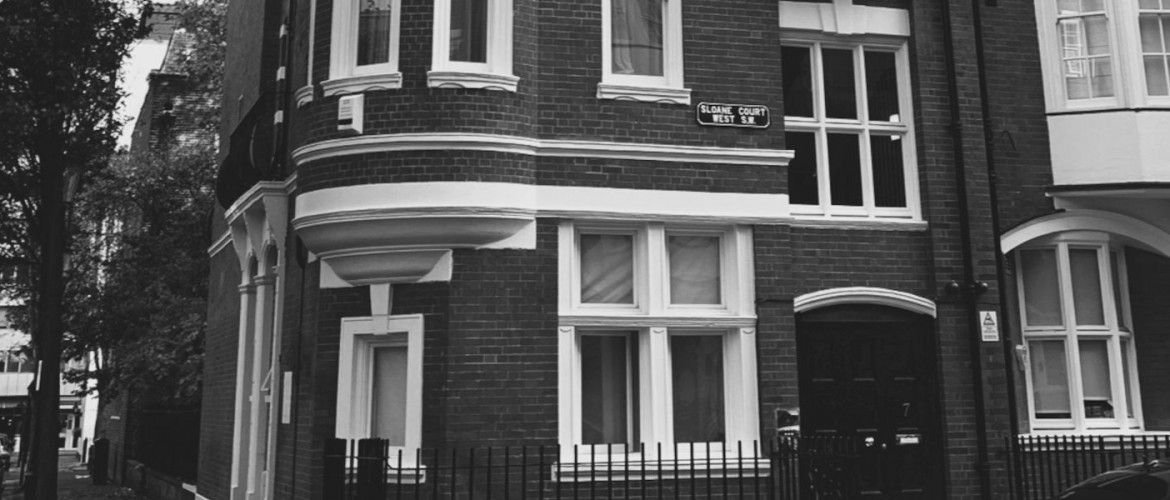
Leasehold is a popular form of ownership for homebuyers and investors alike. According to official statistics, there are around 4.6 million leasehold dwellings in England, equating to nearly one fifth of the housing stock. 68% of leasehold properties are apartments and maisonettes and, perhaps surprisingly, 32% are houses. London has the highest proportion of leasehold homes (34%).
Leasehold ownership may have had a bad press in recent years on account of the ground rent scandal, but the government has taken positive action. From 30th June 2022, ground rent charges will be banned on new residential leases in England and Wales. It’s the first of a series of long-awaited reforms to the leasehold system.
If you are considering the purchase of a leasehold property in London, it’s important to understand exactly what this entails, so you can make an informed financial decision. At Squarepoint Chartered Surveyors, our experienced team brings together a wealth of surveying expertise and property industry knowledge for the benefit of residential and commercial clients in the capital. We can help with Building Surveys, Refurbishment & Restoration Advice, Licence to Alter, and all Party Wall Surveyor matters, providing professional advice and guidance on a host of building-related issues. Here are our recommendations on the key questions you should consider when buying a leasehold property.
What is the difference between leasehold and freehold?
A freehold title confers ownership of the building and the ground it is built on. A leasehold title, by comparison, confers the right to occupy the property for the period determined by the lease. A leaseholder has exclusive possession of the property for a fixed term, but they do not own the building. When the fixed term comes to and end, ownership reverts back to the leaseholder. In practice, this rarely happens since leaseholders have a statutory right to extend their lease.
What is the remaining duration of the lease?
By definition, a leasehold property is a depreciating asset, meaning the asking price should reflect the remaining years left to run on the lease. If the remaining term fall to around 80 years or less, it will be difficult to obtain a mortgage on the property, while renewing a short lease can be disproportionately expensive. The first key pieces of information any prospective purchaser should obtain are the number of years left to run, whether a lease extension is necessary and how much to budget for this.
How much is the ground rent?
Leasehold properties are subject to an annual ground rent payment to the freeholder. This could be a nominal fixed amount or increase at periodic intervals. Unreasonably high ground rents and onerous escalation clauses have been at the heart of the recent scandal – so do double check. If the ground rent rises to 0.2% or more of the market value of the property, be very aware that this is likely to diminish the property’s saleability and mortgageability.
What are the other terms of the lease?
The lease is the formal document that specifies the terms under which leasehold ownership is conferred. It is crucial to fully understand what these are, and legal advice is highly recommended. Find out the rights and obligations granted under the lease, especially those that could affect how you wish to use the property such as restrictions on operating a business, keeping pets or subletting the apartment. Verify that the lease has a maintenance covenant obliging the freeholder to maintain the building and common areas.
What other important costs should be considered?
The main costs associated with leasehold ownership are ground rent (see above), service charges to contribute to the upkeep of the building and common areas, and administrative fees for freeholder consents and approvals as necessary. There is also the potential cost of extending the lease. Service charges can be a particular minefield since these are set by the freeholder. It is therefore essential to request detailed information regarding current and past service charges to see the level of expenditure and understand the frequency and extent to which they may fluctuate.
What is the current condition of the property?
We recommend an in-depth property inspection carried out by an independent surveyor as the best way to gain important insights into the condition and state of repair of the leasehold property. Squarepoint Surveyors offer a choice of building surveys that can be customised to your needs. Also find out about planned future expenditure for the building as a whole and whether a sinking fund exists to cover future works. If there isn’t one and the building is in a state of disrepair, this should be a cause for concern.
Are you planning to let the property?
If you are making a buy-to-let investment, particular consideration should be given to any sub-letting clauses in the lease. Is it permitted and are there any restrictions (e.g., no holiday lets, single families only, no pets) that could limit your rental market opportunities? When calculating the likely rental yield, ensure that all the costs mentioned above are taken into account. Importantly, gross leasehold yields should be discounted by about 20% before they can be compared to freehold yields.
Get in touch
There is no reason why leasehold ownership can’t work perfectly well for both owner occupiers a well as those considering a property investment in London. The important thing is to carry out careful due diligence and a thorough evaluation of both the condition of the property as well as the lease terms governing its ownership. Deploying caution and discernment at the outset is the best way to ensure that your purchase and ownership will be successful. For expert advice with your next leasehold property purchase, please contact us, our team of specialist party wall surveyors, building surveyors and property experts have decades of experience and are a phone call away.
